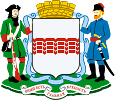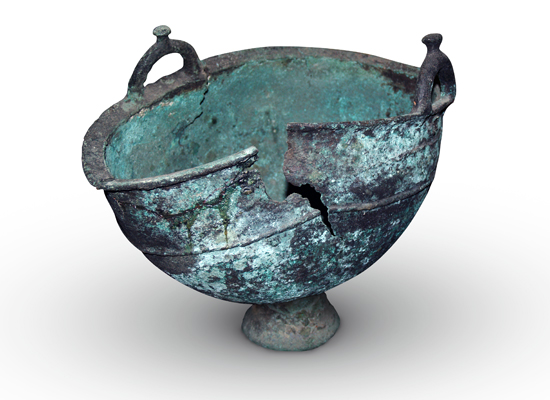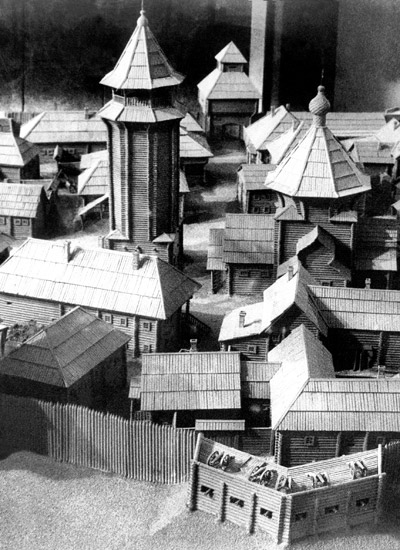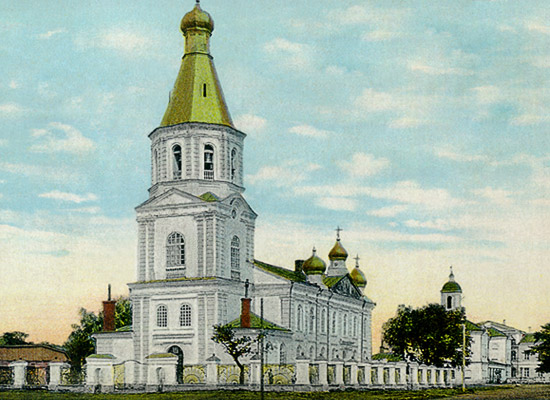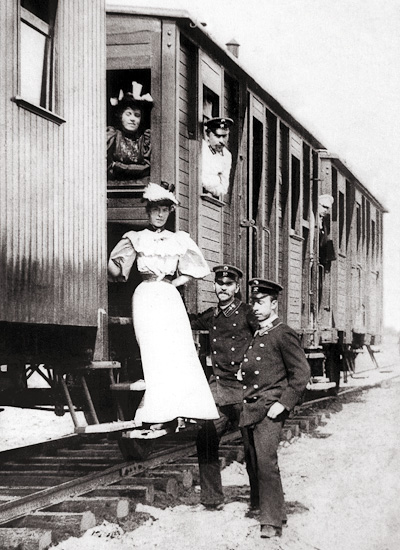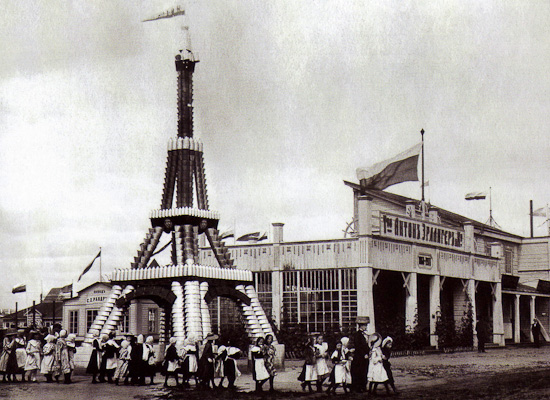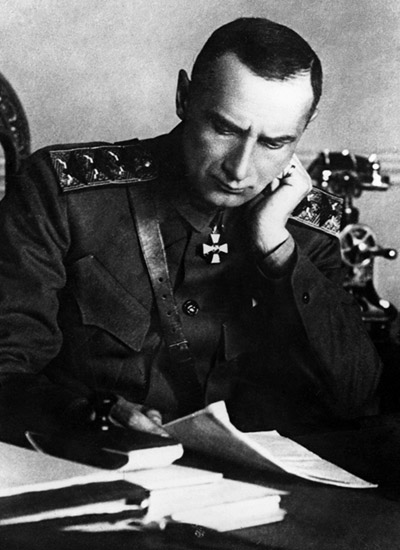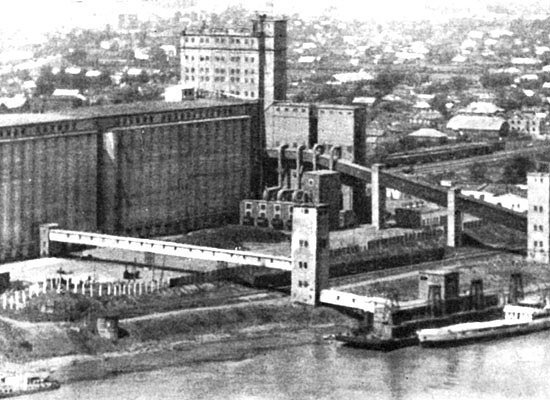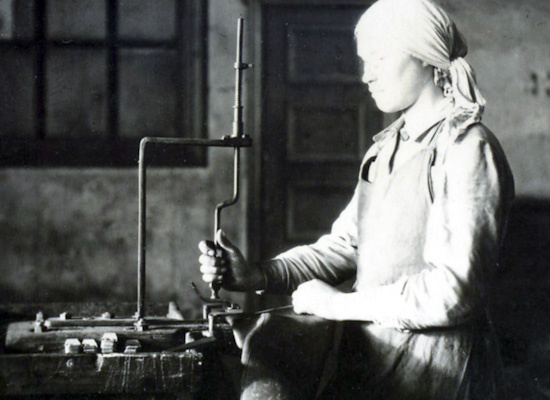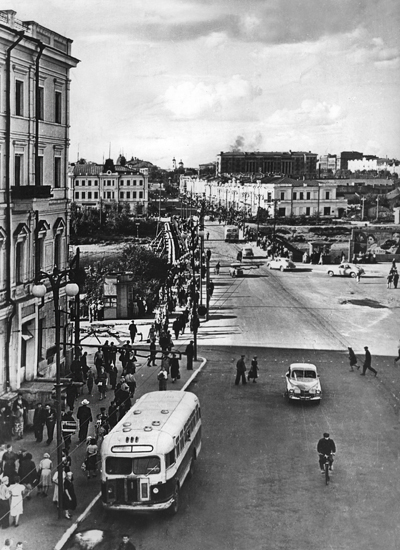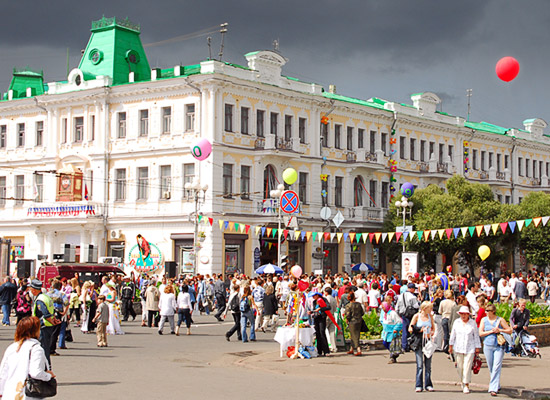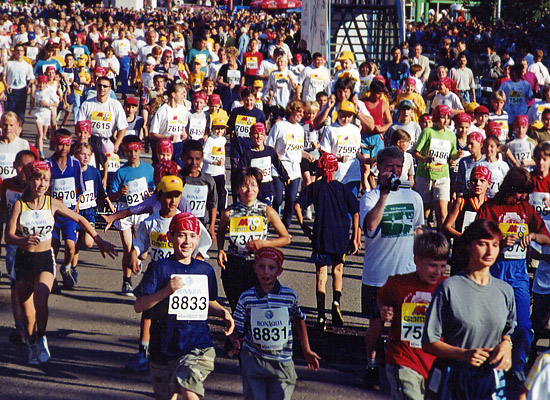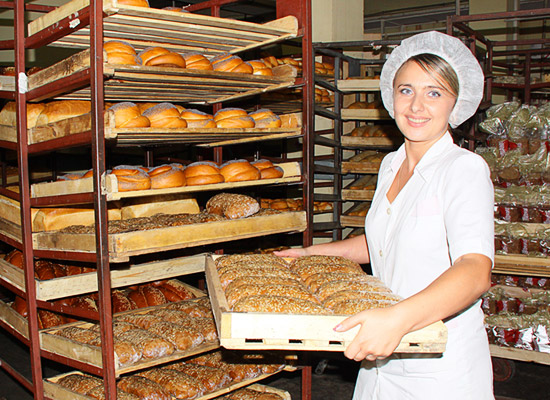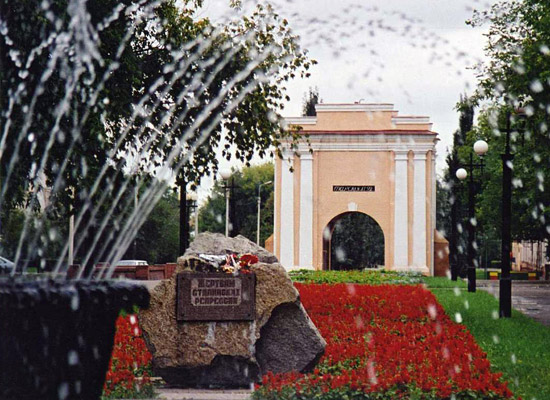Omsk: Historical Review
The city of Omsk is situated on the territory of Middle Priirtysh’e (Middle Irtysh River basin). More than 14 thousand years ago people started to settle in this land. Ancient people settled along Irtysh River, which was guiding point for the moving of tribes during ancient times. The undertaken archeological excavations proved that hunters and fishermen lived here.
©Photo courtesy of Evgeny Danchenko, Omsk State Pedagogical University
A bronze kettle of the early Iron Age. Sargatsky area of Omsk region. Excavation by V. Mogilnikov
History of the exploration of the Irtysh River basin by Russians is related to the name of legendary Cossack leader Yermak, who annexed Siberia with its native population to Russia in 16th century. In 17th century Russian farmers and Cossacks started to settle in Siberian territory. The entire 18th century was marked by a keen fight against Siberian nomadic tribes.
In 1716 military expedition of Lieutenant Colonel Ivan Bukholts sent by the order of Tsar Peter the Great to find gold and furs founded the first wooden fortress at the mouth of Om River. Later this fort became the administrative, political and cultural centre.
©Photo courtesy of Municipal government history museum
Model of the first Omsk fortress
From the very beginning Omsk served as a place of exile. From here convicts were sent to other Siberian fortresses for the hard labor. Having completed their hard labor and imprisonment, many of them settled in Omsk.
©Photo courtesy of Omsk State Literary Museum named after Fyodor Dostoevsky
Almsgiving (painting by N. Karazin, the end of the 19th century)
Convicts wore the cloths with yellow ace on the back and foot-irons which weighted up to 4–5 kg. A person was unchained only when went at large or died. The prisoners of life stretch were put to the iron. They were marked on their cheeks and forehead with the letters BOP (which means “the thief”) or KAT (abbreviation of the word “katorjnik”, which means “convict”).
©Photo courtesy of Omsk State Literary Museum named after Fyodor Dostoevsky
A marked convict
One of the main methods of redemption of the prisoners was corporal punishment such as beating with twigs, canes and rods. During the execution people often died. Every day convicts went to work at the bank of the Irtysh River. There they took old boats into parts, burnt and beetled alabaster, tempered clay, rake snow, repaired the buildings in the town.
Ethnic composition of the region had been forming during the process of the territory colonization. Russians, Germans, Poles, Belarusians and people of many other nationalities were sent here on service or in exile. Local people of the region were Siberian Tatars and Kazakhs who came to a sedentary life.
©Photo courtesy of Municipal government history museum
The nomads
In 1756 the first stone constructions were built instead of decayed wooden buildings.
©Photo courtesy of Municipal government history museum
Resurrection military cathedral, the first stone building erected in Omsk in 1773
In 1782 Omsk fortress was developed into the town. In 1785 the Omsk coat of arms was created.
In 1829 the Layout plan of the town worked out by the famous architect V. Heste was approved. As a layout model the architect took Saint-Petersburg with its broad prospects, huge quarters, elegant fountains, cast-iron bridges and gardens.
©Photo courtesy of Municipal government history museum
St. Nicolas Cossack Cathedral
During the 19th century many constructions which became the symbols of the Siberian city had been built, such as military office (later this building was occupied by Siberian Cadet School), General-Governor’s Palace and St. Nicolas Cossack Cathedral. During that time the town got its distinctive architectural look. Omsk architectural buildings of pre-revolution period have beautified the town becoming a part of Russian national heritage.
©Photo courtesy of Municipal government history museum
General-Governor’s Palace, 1884
The construction of the Trans-Siberian railway in 1892 provided a powerful impulse for the town’s development.
©Photo courtesy of Municipal government history museum
At Siberian railway station
By the beginning of the 20th century Omsk became a centre of trade and agriculture. Grain, bread, diary butter, fish, furs and leather items were exported abroad. Foreigners built a noticeable group among Omsk entrepreneurs.
©Photo courtesy of Municipal government history museum
Eifel Tower made of buckets at the pavilion of Anton Erlinger at the 1st Western-Siberian Agricultural, Forest and Trade-Industrial Exhibition held in 1911
Shortly after the Great October Revolution of 1917 Omsk became the political centre of Soviet authority newly set up in Western Siberia. From June 1918 to November 1919 Omsk had become the capital of Russian White movement and the residence of Admiral Alexander Kolchak.
©Photo courtesy of Municipal government history museum
Admiral Alexander Kolchak
In January 1920 Soviet authorities nationalized all the immovable property and renamed about 200 streets. Up to the end of the 1930s there had been a difficult and long-lived process of recovering of municipal facilities.
During the years of industrialization Omsk had become the large centre of agricultural machinery industry. Metal working industry had been rapidly developed as well. Ratio of metal working and machinery-producing industries in the gross output of the city enterprises increased by four times in comparison with the pre-revolution period. The technology had been improved and the production system had been mechanized at the enterprises of consumer goods industry.
©Photo courtesy of Municipal government history museum
Grain elevator
The Great Patriotic War of 1941–1945 was a hard period for Omsk citizens. They had a difficult task to host about 200 evacuated industrial enterprises, 60 hospitals, a score of educational institution, theatres, museums and hundred thousands of refugee migrants.
The economy was urgently put on a wartime footing. Patriotic rise of Omsk citizen found its expression in the increase of labor efficiency at the factories and plants and in overfulfilment of industrial programs. One of the slogans of those times was “Every worker of the home front assists the Red Army”.
©Photo courtesy of Municipal government history museum
Tupolev Tu-2 aircraft’s assembly
The work was to be executed in the extreme inhuman conditions. Since the plant buildings hadn’t been constructed, machine units were placed out in the open air. Despite severe Siberian frost, people worked at the machine devices days and nights making defense production. They learnt several working professions in order to replace the workers who went to the front. Job rates were fulfilled by 200–500%. Women and teenagers, who were never involved in the production, worked at the machine sit. After finishing their working shift, people went to the railway station to detrain, to assist in setting up the machinery units and in constructing blocks of future work sections.
©Photo courtesy of Municipal government history museum
At the machine sit
The postwar years can be characterized as the reconversion of the industry. Some new enterprises were put into operation; all acting factories and plants were renovated and enlarged.
Since the middle of 1950s Omsk has become the centre of oil-refining and petrochemical industry in Siberia.
©Photo by Alexander Chepurko
Omsk oil-refinery plant
In the beginning of 1970s–1980s the city rapidly developed. Its population increases annually by 20–30 thousand people. In 1975 the millionth inhabitant of Omsk city was born.
©Photo courtesy of Municipal government history museum
Lenin Street , 1964
The years of perestroika are described by the increase of financial investments into residential construction and by the development of engineering services. In 1985 Omsk took the 4th place by the industrial output in RSFSR.
Social-economical crises of the beginning of 1990s which took over the whole country affected Omsk life as well. In 1990 the decline in the production output of all industrial branches was to emerge. Unemployment was spreading through the city.
However, in spite of economical difficulties, exactly in this period a tradition of the Omsk City Day celebrations was established. Omsk people got to like this holiday devoted to the first Sunday of August. In the last summer month Omsk looks really beautiful: streets are decorated with flower compositions, bright flags and greeting cross street banners. All cultural institutions, musical groups and city parks are involved in the festive events.
©Photo courtesy of Municipal government history museum
The City Day
An idea of carrying the Siberian International Marathon (SIM) appeared in the same years. The first marathon was held on 4 August, 1990. 1800 runners participated in it including 32 representatives of 7 countries. In a year high level of the marathon organization let increase the number of participants by three thousand. It’s noteworthy that in 1991 the Siberian International Marathon’s course was measured by an official representative of the Association of International Marathons and Distance Races (AIMS), and SIM became a full-right member of this organization uniting more than 150 large track-and-field events from 52 countries.
©Photo courtesy of Municipal government history museum
Siberian International Marathon
Since the beginning of the 1990s the private sector has been formed in the city economy. Market infrastructure, private enterprises, banks, financial and investment companies have been developed during this period. Production of Omsk industry enterprises has come to Russian and world market. It’s been in a fixed demand until the present time.
©Photo courtesy of Leninsky district media office
Joint stock company “Khlebnik”
During its history Omsk has been built and developed. Nowadays it’s been changing, growing and getting younger, keeping and enriching a shadow of the name of a toiler-city and a city of a high culture.
©Photo courtesy of Municipal government history museum
Tarskie Gate
